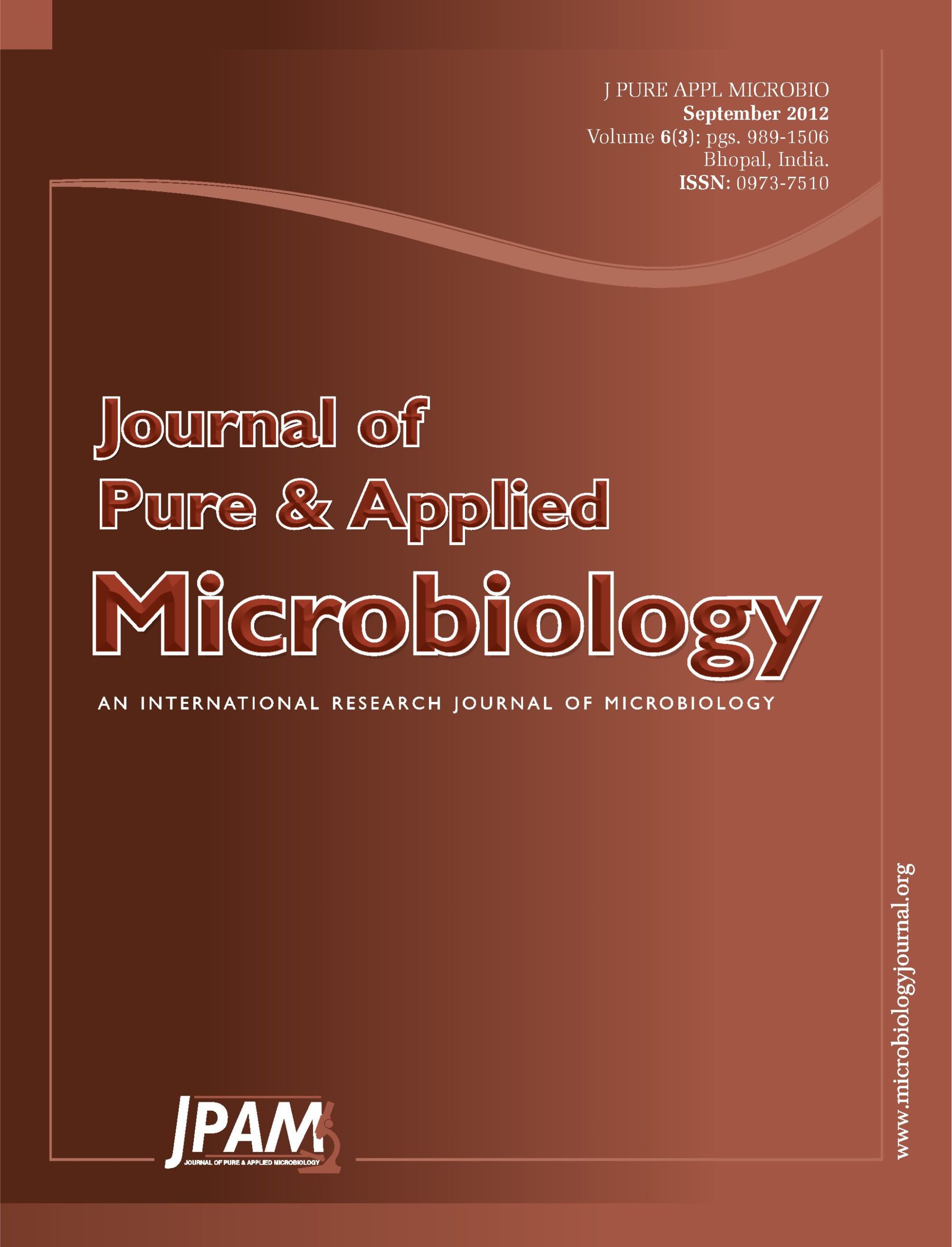The numerous side effects associated with the use of allopathic drugs have led to renewed level of interest in Ayurvedic medicines. Wrightia tinctoria (Roxb.) R. Br., belonging to family Apocynaceae, is a deciduous flowering plant native to India and Burma. Its leaves, bark and seeds have been known to possess certain medicinal and curative properties. The present investigation focuses on in vitro antimicrobial properties and phytochemical analysis of aqueous and methanolic extracts of two different coloured mature seed varieties of Wrightia tinctoria. The phytochemical screening revealed the presence of carbohydrates, reducing sugars, alkaloids, sterols, glycosides, phenolics, tannins, flavonoids and amino acids. Greater effectivity was observed against gram positive bacterial pathogens such as Staphylococcus aureus ATCC 25923, S. aureus, S. citreus and B. cereus than the gram negative strains. The methanolic seed extracts were largely inhibitory against pathogenic yeasts like Trichophyton rubrum, Candida albicans, C. parapsilosis and Cryptococcus. The results indicated that the methanolic extract of the brown variety seeds is pharmacologically more active than that of the beige variety seeds. The aqueous extracts of both the seed varieties were moderately effective against S. aureus ATCC 25923 and S. citreus, with no effect against the fungal strains.
Wrightia tinctoria, antimicrobial, phytochemical analysis, methanolic extracts
© The Author(s) 2012. Open Access. This article is distributed under the terms of the Creative Commons Attribution 4.0 International License which permits unrestricted use, sharing, distribution, and reproduction in any medium, provided you give appropriate credit to the original author(s) and the source, provide a link to the Creative Commons license, and indicate if changes were made.


